Do Whirlybirds Work in Australia?

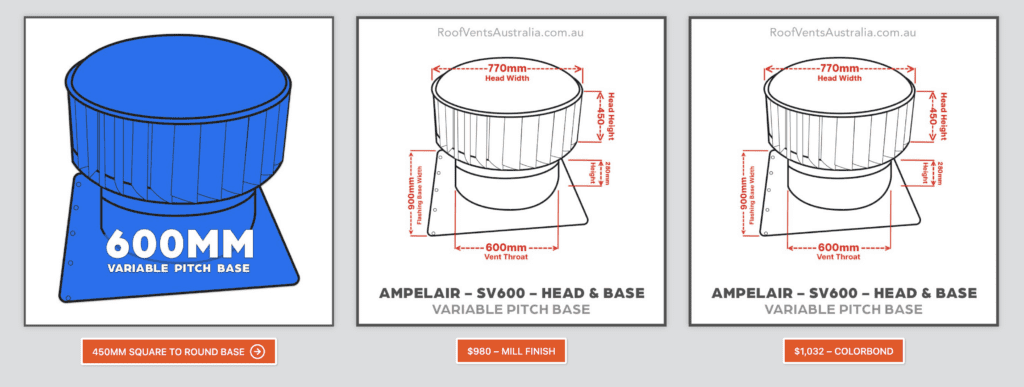
Rain Heads Custom Made Shipped Free Australia Wide – Click Here >
Dambuster Rain Heads Shipped Free Australia Wide – Click Here >
Commercial Industrial Roof Vents 300mm-950mm – Click Here >
Eco-Friendly Roofing Insulation Shipped Free – Click Here >
Gutter Sumps Shipped Free Australia Wide – Click Here >
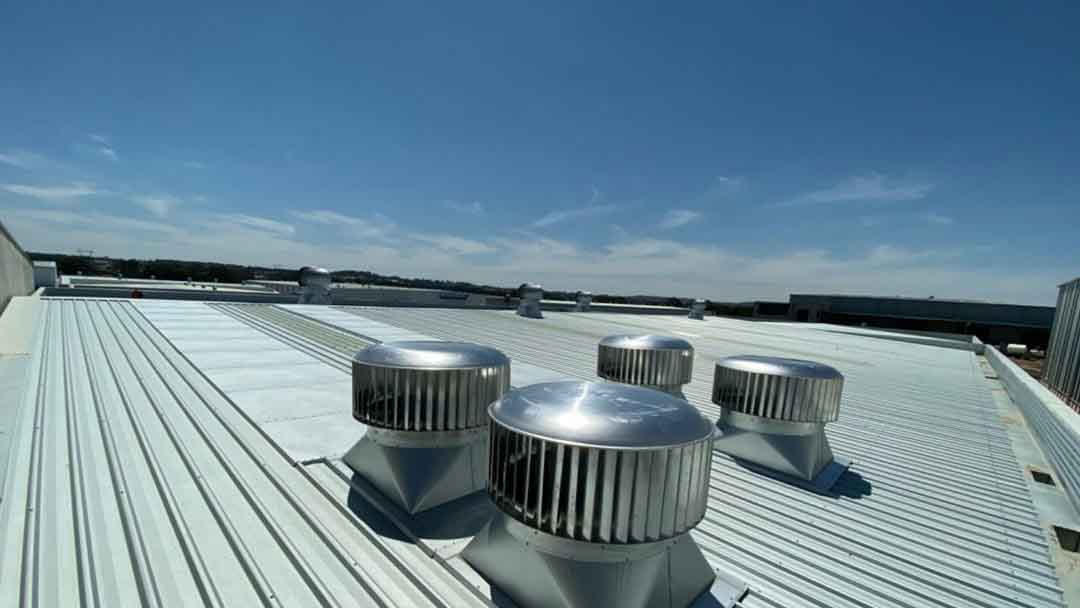
Whirlybird Roof Vents in Australia?
Whirlybirds are a popular type of roof turbine vent, with a distinctive appearance and exceptional performance, but do whirlybirds work in Australia? In short, yes, but you need to make sure you use enough of them. While a typical home in other parts of the world might only require two or three whirlybirds to get sufficient air movement, an average Australian home might need as much as ten, or fifteen of them!
Fortunately, one of the reasons for whirlybirds popularity is the fact that they are an inexpensive roof venting solution, so fitting more of them is not the financial burden it would be for other kinds of roof vent.
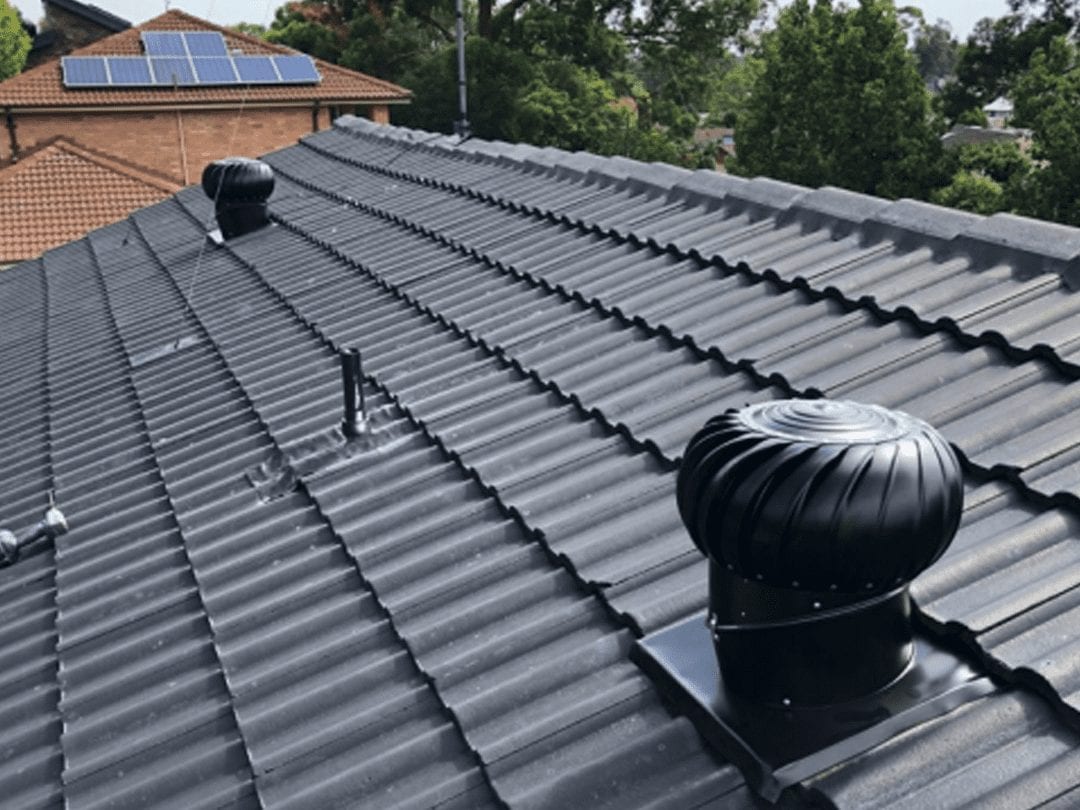
What is a Whirlybird?
Whirlybirds are a type of turbine roof vent that is fitted to the roof of a building. The top part of the whirlybird sports an arrangement of fins that can be easily turned by rising warm air, and wind from outside. When the whirlybird begins to turn, it draws up the warm air inside the property at a much higher rate. A whirlybird in a strong wind can produce some significant suction, with winds of 8 kph considered desirable for the whirlybird’s performance to be up to scratch.
Why Do I Need a Whirlybird?
Whirlybirds—or any kind of roof vent for that matter—are necessary to balance out the temperature differentials in the upper parts of a home or commercial building. These temperature differentials are caused by the warm air within the building rising until it eventually meets the roof, which is kept cool by the air outside of the building.
This warm air contains moisture from things like human breath, boiling water, local humidity, and a range of other causes. When the warm air inside meets the cold roof, it condensates, and the moisture in the air becomes liquid water. That liquid water can cause mould and mildew to grow inside, damp on the walls, and even reduce the effectiveness of your insulation. This last problem is particularly bad as it not only increases your heating bills by not keeping the heat in as efficiently, but it also allows more warm air to reach the roof, escalating the initial problem. Not to mention you will almost certainly have to replace your insulation once this has happened.
Whirlybirds serve the dual purpose of keeping the air under the roof moving, while also pulling that air outside before it can form moisture inside.
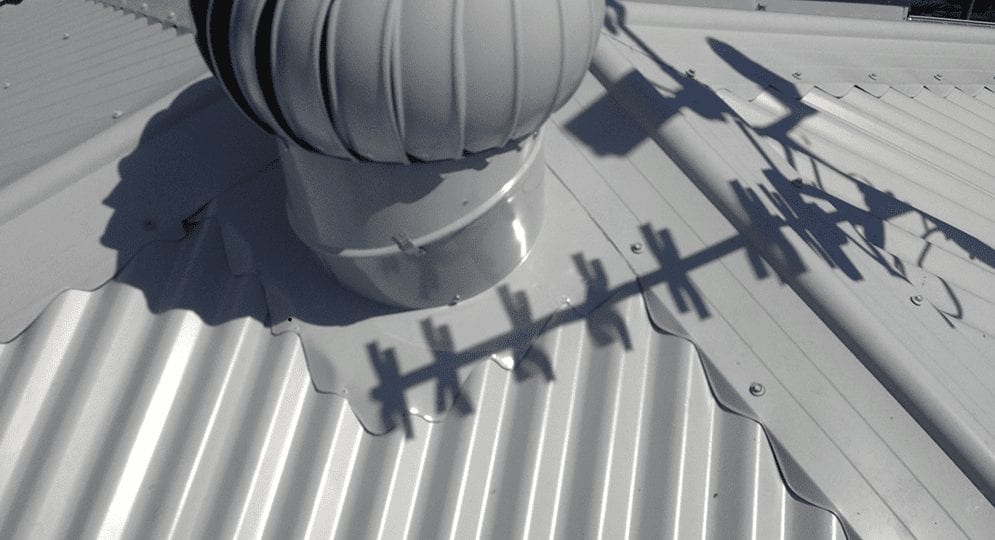
Whirlybirds in Australia
Whirlybirds, as with many roof ventilation systems, don’t actually cool the air inside the property. That is, they can’t bring the temperature down any lower than the ambient temperature around them. This is an important point to state when talking about use in a country as hot as Australia. While they can lower the temperature of your house or commercial building, it will never be lower than outside—it is not air conditioning. Still cooling is not the primary purpose of roof ventilation; air circulation is. Cooling is just a natural byproduct of that process.
Unfortunately, whirlybirds do need a good amount of wind to operate effectively, and Australia is not the windiest of countries. For this reason, it will typically be necessary to install more whirlybirds than would be needed for a comparable building in other parts of the world in order to get the same benefits.
Are Whirlybirds Suitable for Use in Australia?
Do whirlybirds work in Australia? Sure. But just because they do work does not necessarily mean they are the best choice. For one thing, they are not the most attractive type of roof vent on the market. Combine that with the fact that you will likely need a lot of them to get the required about of ventilation in your property, and you can start to see why whirlybirds may not be the ideal type of vent for a residential home. Having multiple metallic spinning domes sprouting from your house will give it a decidedly industrial look.
For commercial properties, however, whirlybirds are a far more attractive proposition. For one thing, they are very inexpensive, meaning it should not be a problem on the financial side of things to have enough of these vents fitted to your property. And, as aesthetic appearances are less of an issue for commercial properties—particularly when that property is a tall building, and the roof is less visible from the ground—the industrial look of the whirlybirds should not pose a problem.
Things to Consider Before Getting Whirlybirds
If you decide you want to go with whirlybirds on your property, be it residential or commercial, there are several things you should take into consideration before sealing the deal.
Firstly, while whirlybirds do not require electrical power to operate, they are not entirely maintenance-free. As with anything that contains moving parts, they are prone to wear and tear over time, and will eventually need replacing. However, if you want to ensure you get the longest possible use out of your whirlybirds, you will need to keep them maintained by lubricating them periodically. This will prevent excessive wear and tear, as well as stop unpleasant moans and groans developing as the bearings dry out. Remember, someone will have to get to the whirlybirds in order to lubricate them, which will often mean paying a professional.
This needs some real consideration. If you are in a commercial property like a warehouse, getting someone up there to service your vents will likely require the use of specialist equipment, and perhaps interruption to your business. If you are putting your vents on a residential property, getting to them will not be as much of an ordeal, but you will still likely need to bring in a professional to take care of it. We would not recommend anyone attempt to service their roof vents unless they are experienced in doing so.
Another thing to consider is the noise—whirlybirds are not silent. This is not to say they are unbearably loud, but they do generate some noise. This is another area where commercial properties probably won’t be affected, but residential owners might have second thoughts.
1 Roof Vent
Supply & Installation Price
$520/1
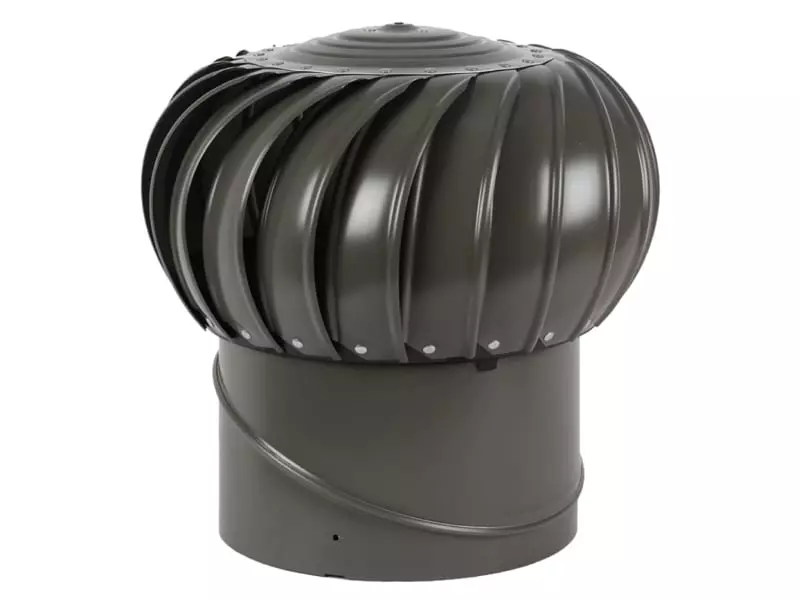
1 Ampelite 300 Spinaway
Colorbond or Mill Finish Supply & Installation Price
Download PDF
2 Roof Vent
Supply & Installation Price
$860/2
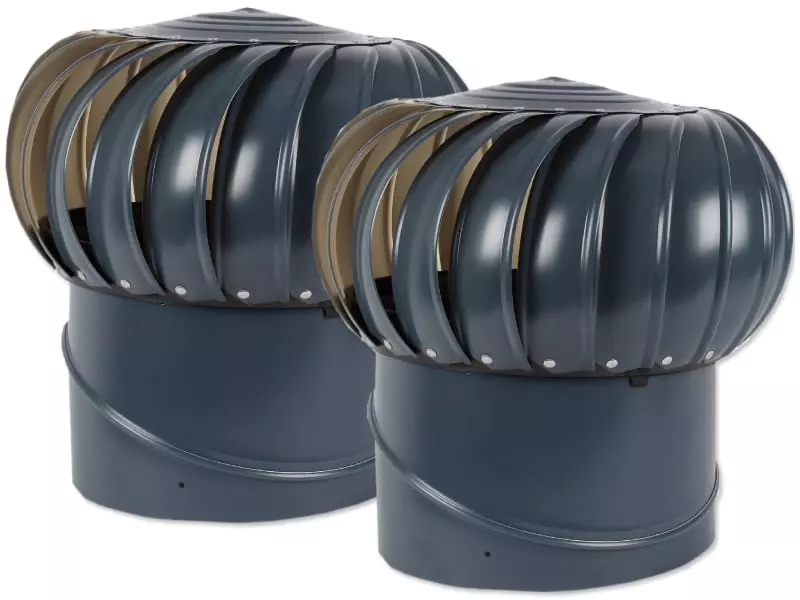
2 Ampelite 300 Spinaway
Colorbond or Mill Finish Supply & Installation Price
Download PDF
3 Roof Vent
Supply & Installation Price
$1,090/3

3 Ampelite 300 Spinaway
Colorbond or Mill Finish Supply & Installation Price
Download PDF
4 Roof Vent
Supply & Installation Price
$1,300/4

4 Ampelite 300 Spinaway
Colorbond or Mill Finish Supply & Installation Price
